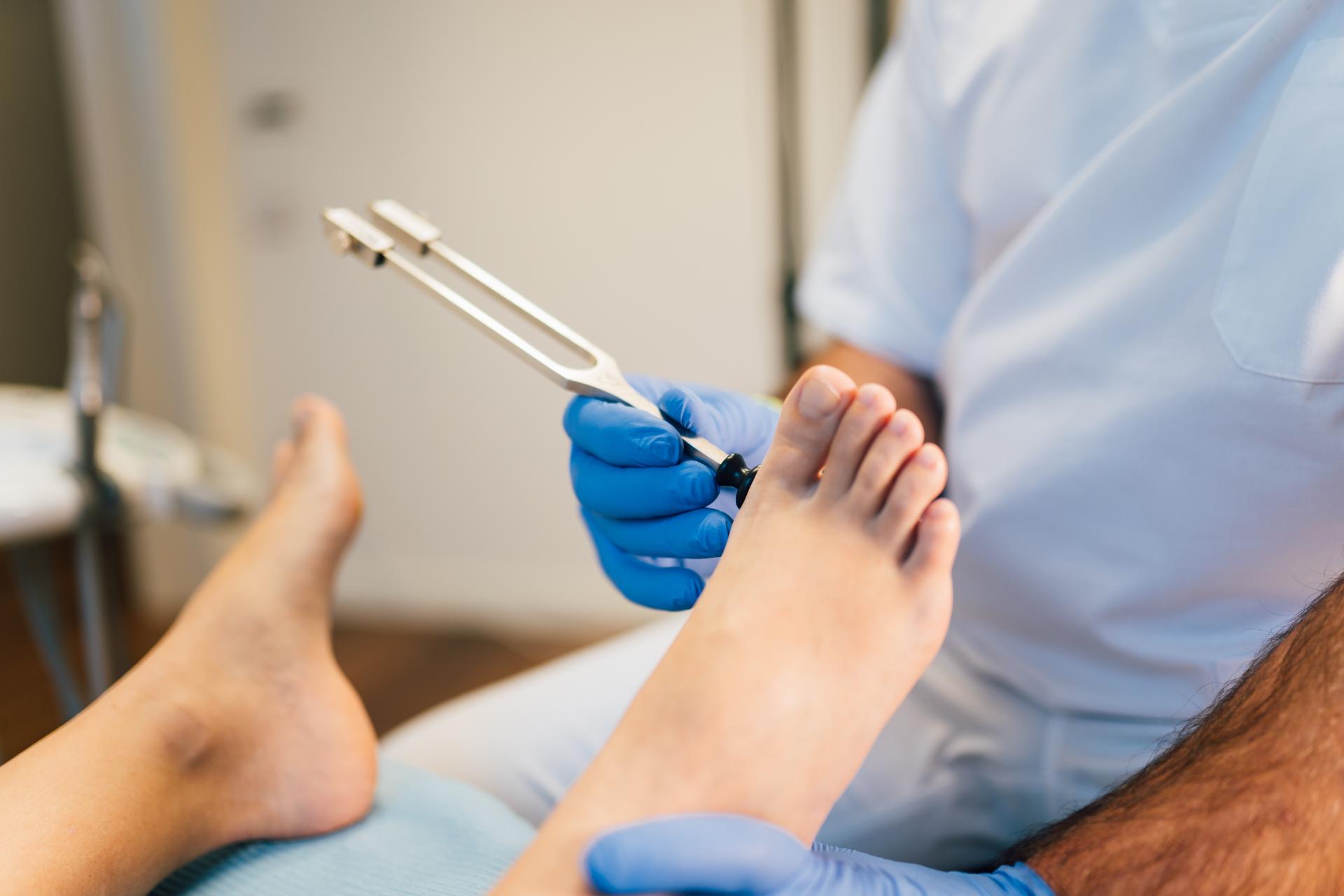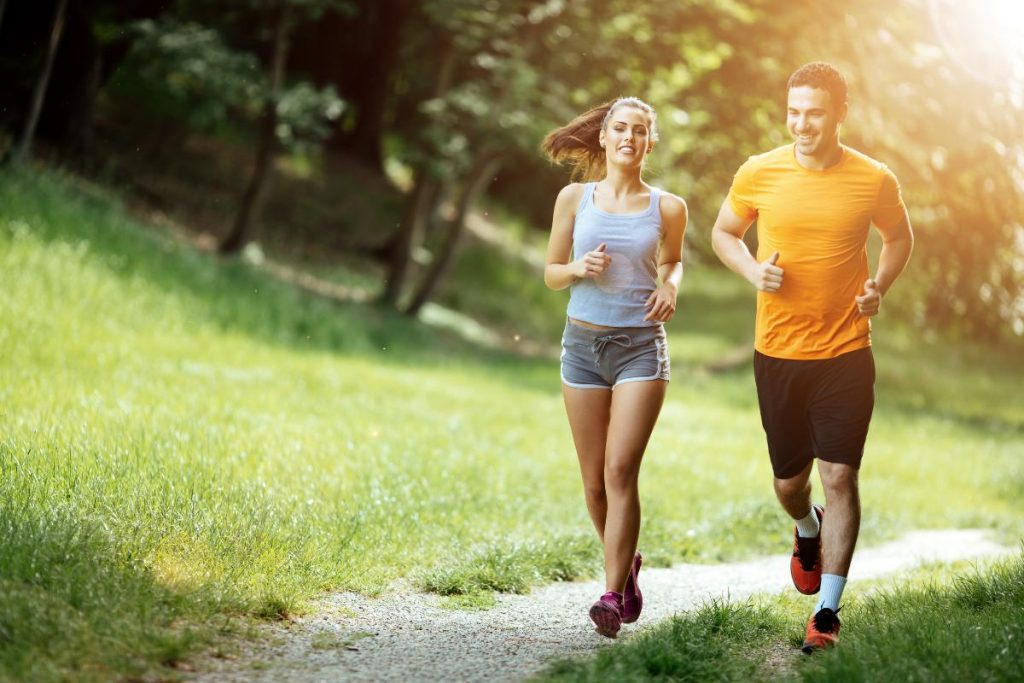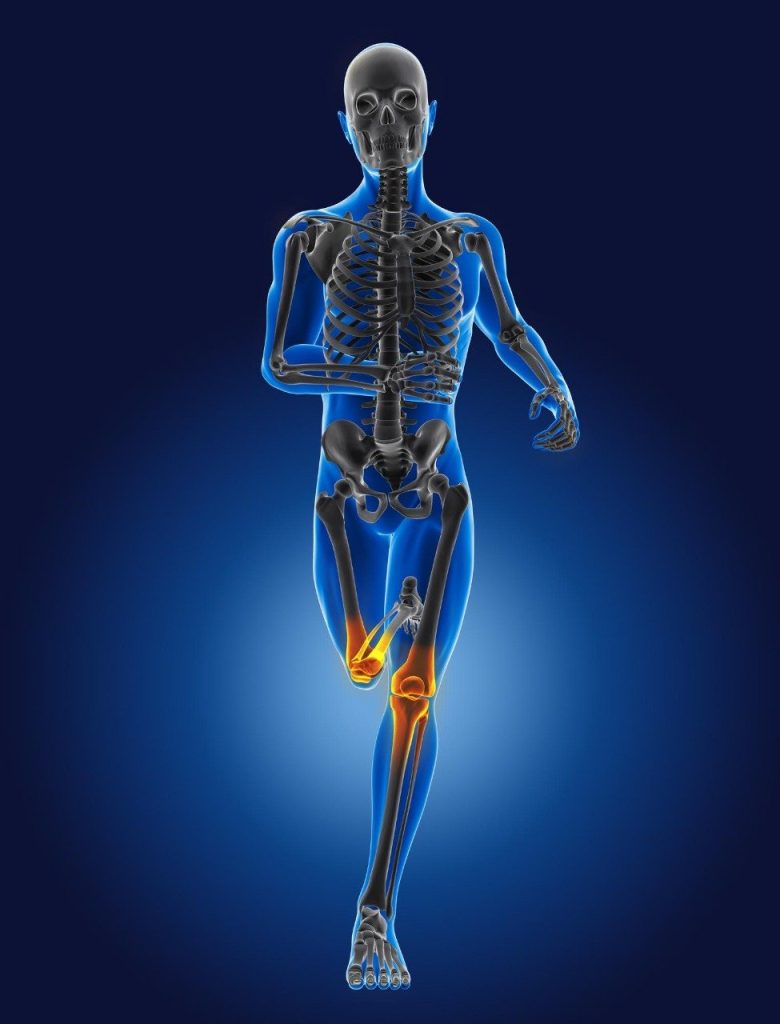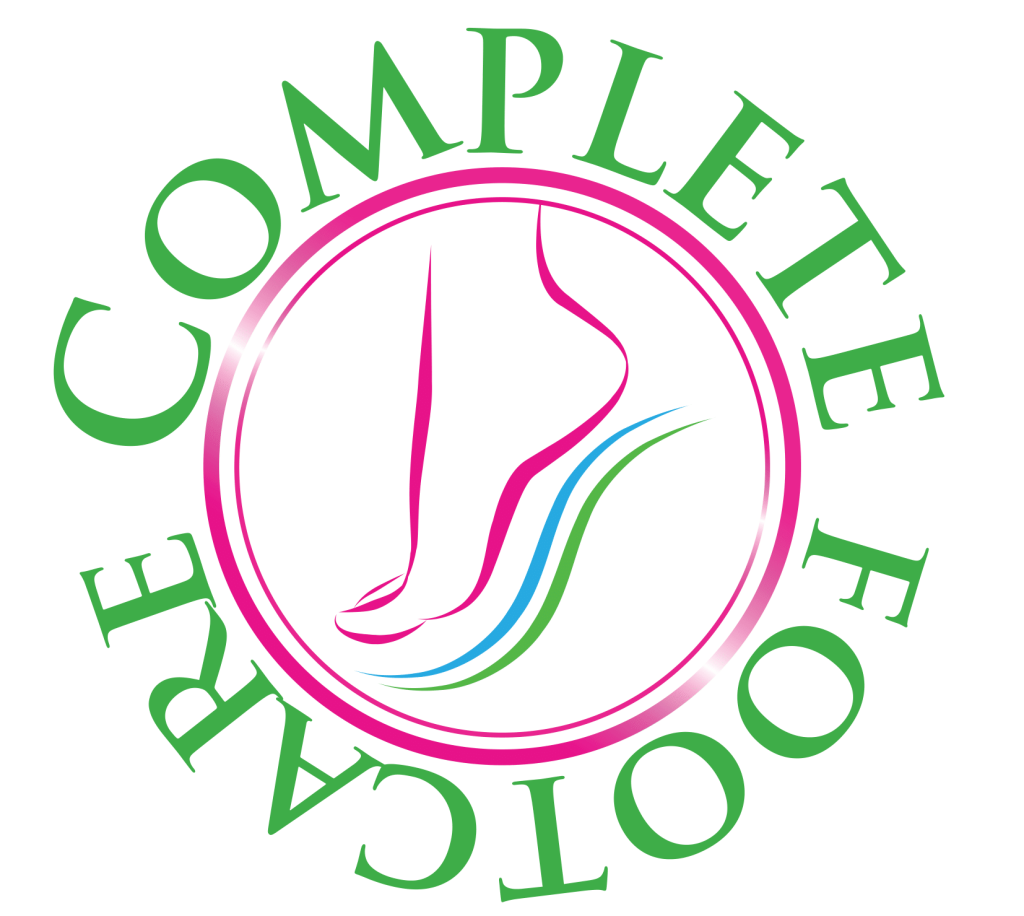
Facts & Tips
Did you know?
- 25% of bones in the human body are located in the feet, which are made up from 52 bones
- Feet change in shape and size during our lifetimes. It is not unusual for a person to have to buy a bigger size as they age as the structures within the foot relax and spread.
- Although feet are not often seen as the most attractive part of our anatomy, they are incredibly important for movement and balance and should be given some degree of respect due to the amount of pressure and work they are subjected to in our lifetime
- Our feet are susceptible to damage from their immediate environment as well as developing problems of their own and suffering the symptoms of complaints from elsewhere in the body, such as back problems or metabolic disorders such as gout.

Difference between Podiatry and Chiropody?
Our profession has moved forward under the umbrella term of “Podiatry” in more recent years rather than “chiropody”. The practice of podiatry is based on comprehensive understanding of medicine, surgery and biomechanics as applied to the foot, ankle and lower limb and the ability to treat the foot and its related problems. Podiatrist is the internationally recognized name for foot specialists.
Anna Balcombe, sports Podiatrist can provide an athlete with the tools needed to quickly return to sport after a lower limb injury.
What is Sports Podiatry?
Sports podiatry is the treatment of foot, ankle, knee and leg injuries by altering lower limb function using a variety of methods, including orthotic insoles, footwear and exercises.
One of the most common injuries to affect an athlete is a sprained ankle. Poor biomechanics can cause many types of injuries to the knee. Although sports podiatrists are foot and ankle specialists, correction of foot and ankle mechanics can have a direct influence on knee problems, shin splints, ITB strain, calf or hamstring injury. At The Balcombe Foot and Ankle Clinic we are able to treat these injuries to get you back to your chosen sport as quickly as possible.


Pain while running may occur in a variety of signs and symptoms.
Why do I get pain while running?
Poor biomechanics is the single most likely cause of injury. The main biomechanical causes of running injuries are either over pronation or under pronation. These contributory factors are discussed in more detail in our biomechanics section but take a quick look at the videos below to see the biomechanical forces in action in the under and over pronator.
© 2025 Anna Balcombe.

